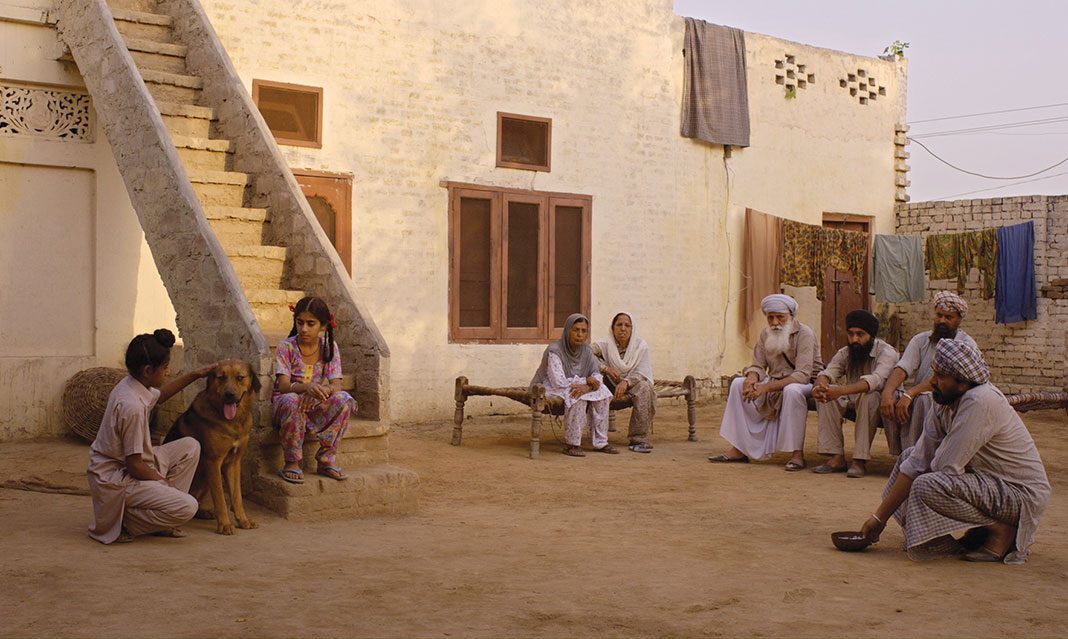There are three things that lots of great films must encompass in order to be diversely unique: political turmoil, eloquent cinematography, and a slew of relatable characters.
This past Wednesday, UTM screened Chauthi Koot in IB110, a 2015 Punjabi film. The film follows the Sikh separatist movement in Punjab taking place in the 1980s. With rising tensions between the armed forces and militants, the movie brings a focus over to average citizens of the state and their plight within the movement. The film made history back in 2015 as the first Punjabi film to be shown at the Cannes Film Festival.
The film is not so reliant on showcasing itself as a historical account. Rather, it projects a more humanized version of 1980s Punjab, during its insurgency and political chaos. It feels like the film attempts to make connections to people instead of simply retelling its story. It focuses on the people rather than the cold hard facts of the truths, the lies, or the grey areas.
This may be because of characters like Joginder (Suvinder Vicky), who fears keeping his dog Tommy, because of threats by Sikh military officers who tell him to get rid of the constantly barking dog. Each bark that Tommy gives draws attention from security forces who realize that the militants have taken refuge of the village. We can’t help but feel for Joginder, who has attempted to get rid of his dog, even though it comes back each time.
Based on the Punjab insurgency, the film is just one of many that has documented the political disorder within the state. The movement involved rage developed by civilians because of the government’s failure to recognize Sikhism and the language of Punjabi throughout the state. This provoked widespread retaliation and civil movement.
Perhaps the film is so humanistic because it is originally based on two short stories by Waryam Singh Sandhu—an Indian short story writer. The movie was based off “The Fourth Direction” and “I Am Feeling Fine Now.” The stories had come from his 2005 short story collection that the movie decided to name for itself, Chauthi Koot.
We see lots of scenes with no dialogue—just movements, slight sounds, and brief actions. Yet, we don’t need anything to give us insight on what’s going on. Chauthi Koot is keen on showing the divide between the state and the militants, and between the common people and the militants. It showcases the chaos right in the middle. No sides are taken, and no biases are divulged.
The point of the film is to perhaps be a neutral force within the conflict. It shows exactly how it is without judgement or highlighting of a wrong or right side.



